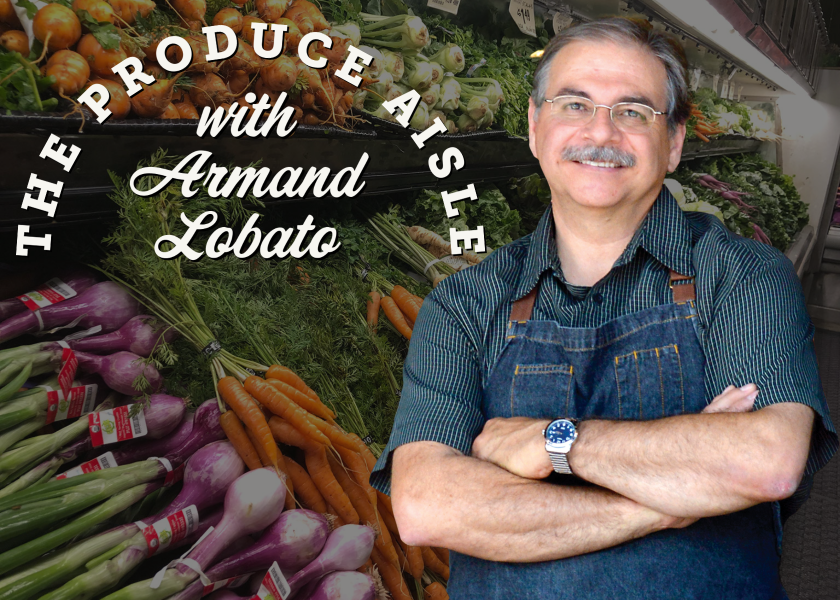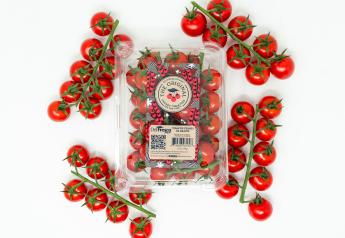Seeing produce through ‘misty’ eyes — and a shopper’s perception

Customers have a unique perspective of our produce world.
Take, for example, how the water misting systems work on a wet rack. Most systems today are automatic. Some use a recording of rolling thunder and sounds of rain to signal to customers when misting is about to begin. I like that.
Before automatic misting systems were around, produce people had to plug a hose and sprayer into a spigot and give the vegetables a good soaking on a regular basis — which sometimes sparked a few customer questions, even skepticism.
“What is that you’re spraying on the vegetables? Why? Are you sure it’s just water? That’s how you add weight to everything, isn’t it?” All that, years before questioning anything about our food supply was even a thing.
I had one store manager who, when I proposed making my own early version of the automatic watering system, was all for it. “Water is weight and weight equals dollars,” he reasoned. “Go ahead. I’ll cover the cost.” My version, incidentally, was a makeshift collection of plumbing and drip irrigation parts, and with an inexpensive timer came to about $175. It worked, and it was far less expensive than what the fancy, thunder sound effect systems cost today, I imagine.

Even as professional-version misters became the norm, I always pushed to have the old-school hose and spigot available anyway. Misting systems aren’t infallible. Besides, it doesn’t hurt to give the wet rack (and all the vegetable nooks and crannies) a good, periodic soaking for old times’ sake. Not to mention, I think the action projects an image of product care and handling.
This also gives the produce clerk a moment to interact with shoppers. Further, lest we forget, misting heads must be adjusted every morning for desired duration, to ensure water gets on the items we want and is turned off for the items that we don’t want, and the flow is adjusted to avoid the mess of overspray and to avoid slip-and-falls.
I remember once having to cover for the setup clerk who was a no-show the morning of a grand opening. I’d worked late the previous day and practically had to spend the night at the store. I’d just put the final touches on the wet rack when an early shopper approached, watching me spraying the vegetables (as I was anticipating getting a possible grand opening compliment that we loved), who instead asked in all seriousness, “You use special lights to make those vegetables look so nice, don’t you?”
Related: Read more insight from Armand Lobato
Too tired to explain to the contrary, I nodded and smiled faintly at the thought.
“Ah-ha!” she said, continuing down the aisle. Then she muttered, “Tricky grocers!”
You win some, you lose some. I always say treat customers with as much courtesy, compassion and empathy as you can muster. After all, they may be someone’s mother. Heck, somewhere in the crowd could be your own sweet silver-haired Ma squeezing the melons (and wondering about the misting system).
It reminds me of an old Reader’s Digest “All in a Day’s Work” piece I once read. It described a young gas station attendant who dragged out a hose on a hot summer day and began his daily chore of cooling off the fuel tanks, located beneath the ports on the concrete surface. A customer fueling up his tank noticed and asked what he was doing.
Without thinking the attendant said, “Oh, just watering down the gas.”
“Arrrhhh!" the customer growled. “I knew it!”
Armand Lobato works for the Idaho Potato Commission. His 40 years of experience in the produce business span a range of foodservice and retail positions.







